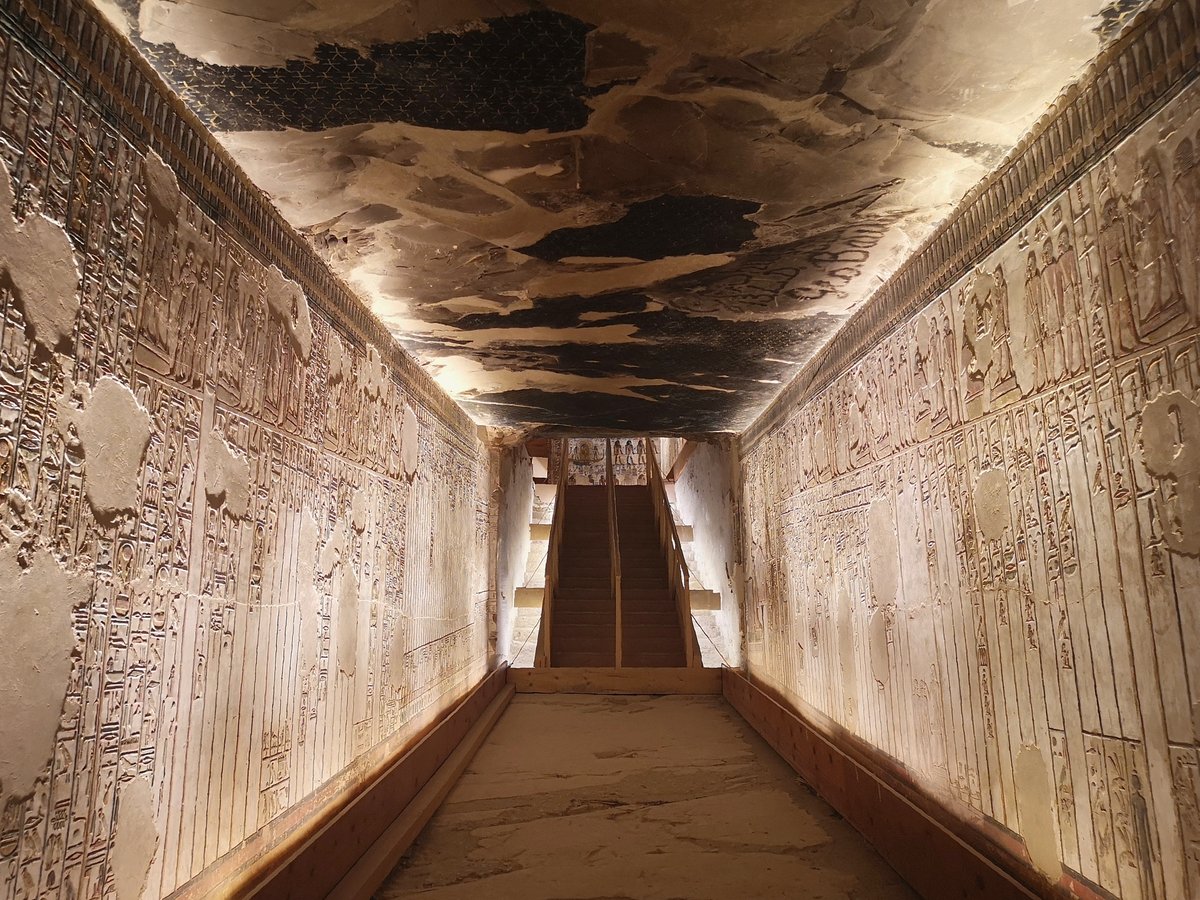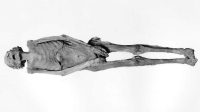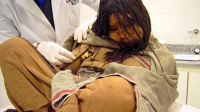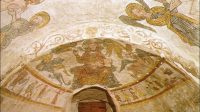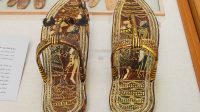More than 4,000 years ago in Egypt, dozens of people who died of grisly wounds were mummified and “locked” together in the cliffs near the province of Luxor. Mass burials were rare in ancient Egypt, and people are curious as to why mummies were buried together.
 Foot of a mummy of a warrior found in a mausoleum at the historic site of Deir el Bahari
Foot of a mummy of a warrior found in a mausoleum at the historic site of Deir el Bahari
According to Live Science, archaeologists recently visited the tombs of mysterious warriors at the historic site of Deir el Bahari, located on the west bank of the Nile River, Egypt.
The tomb was sealed soon after its discovery in 1923. Analysis of specimens in the tomb and other sites in Egypt revealed a desperate, bloody chapter in Egypt’s history under the ancient kingdom. circa 2150 BC.
The results of the study, which appeared in the documentary “Secrets of Death: The Darkest Hour in Egyptian History,” paint a bleak picture of the civil unrest that sparked the civil unrest. The bloodiest war between the chiefs of the region was 4,200 years ago. One of the wars claimed the lives of about 60 people, and their bodies were embalmed and mass buried in warriors’ tombs.
Archaeologist Salima Ikram is examining the image of a mummy’s skull found in the mausoleum
Archaeologist Salima Ikram, a professor of Egyptology at the American University in Cairo, carefully studied the mummies with a camera crew in late September 2018. According to Davina Bristow, director and producer of the documentary, the study also had support from the Egyptian Ministry of Antiquities and local experts.
Right at the entrance to the tomb, a labyrinth of many large tunnels branched about 61 meters long deep into the cliff. The room inside the mausoleum was filled with mummified remains, wrapped in bandages, archaeologist Ikram said.
All of the corpses were men, and many indications suggest that they were grievously traumatized. A smashed or punctured head can be the result of a deadly sharp weapon. Many arrows pierced the mummies, indicating that these were all soldiers who died in battle. One of the mummies even had protective gloves, something that archers used to wear.
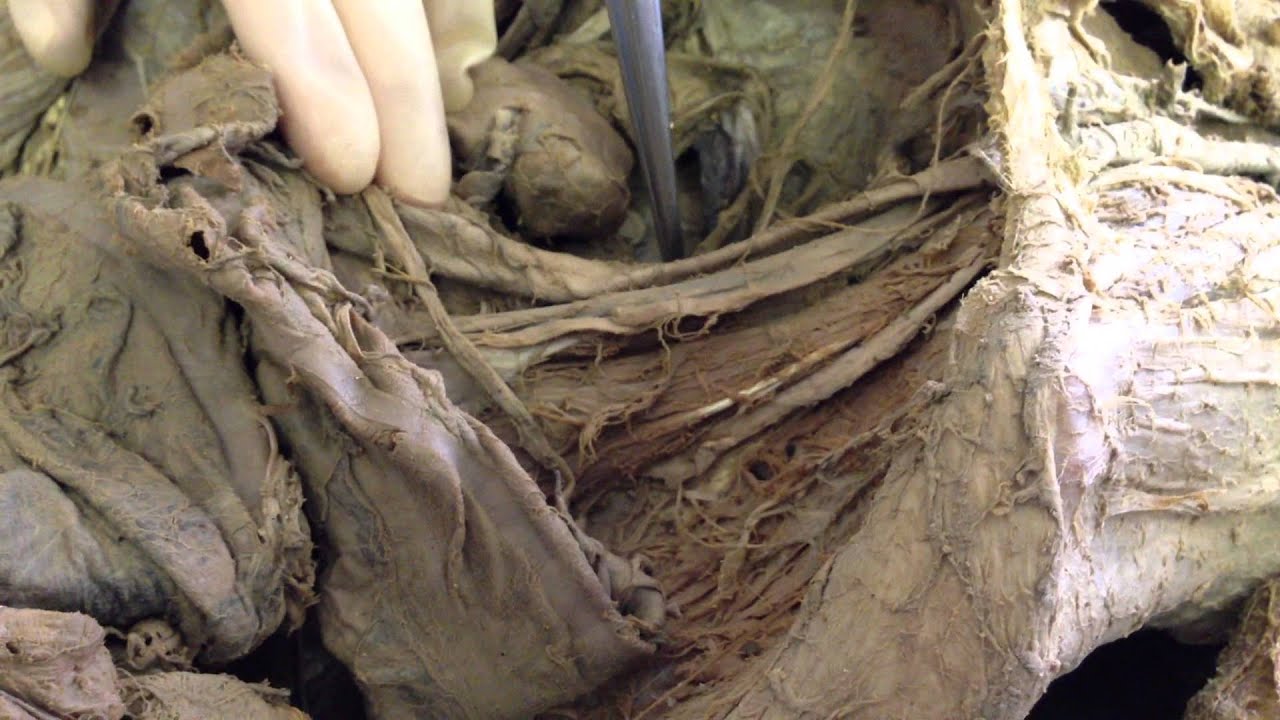
“These people died tragically and terribly,” Ms. Ikram said.
Evidence from several other places in Egypt shows that these soldiers died during a period of great social upheaval in Egypt.
Philippe Collombert, an Egyptologist at the University of Geneva, Switzerland, says some evidence lies in the tomb of pharaoh Pepi II, who reigned for 90 years.
The entrance to the tomb of pharaoh Pepi II
The tomb of pharaoh Pepi II, in the Saqqara cemetery, Giza province, Egypt, is ornate and breathtaking. It was built when the pharaoh was young and this shows that the kingdom of that period shows no signs of collapsing, according to Collombert.
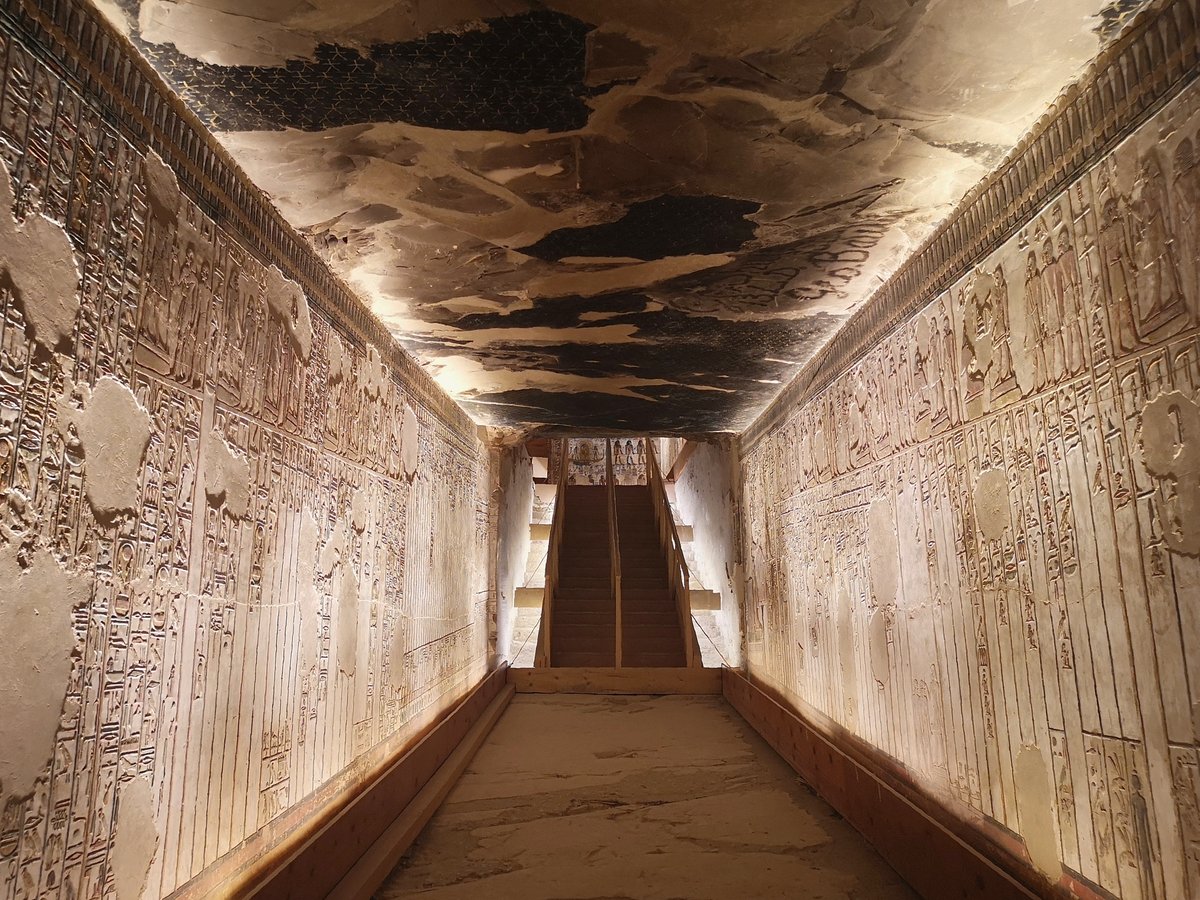
However, the tomb of King Pepi II was robbed shortly after the pharaoh was buried. Collombert said such an act of disrespect would only happen in Egypt if the Egyptians no longer respect the pharaoh’s divine status and the government no longer holds control.
Antonio Morales, an Egyptologist at the University of Alcalá, Spain, said that the inscriptions in the tomb of the head of a locality under King Pepi II allude to sectarian conflict, social unrest, Civil war and lack of government control caused chaos.
Famine caused by drought accelerated the collapse of society under King Pepi II. Another text in the tomb also shows a horrifying scene when “adults kill and eat children because they are too hungry”.
It was the same hunger and instability that led to the frenzied battle that saw 60 men kill each other with grisly wounds.

